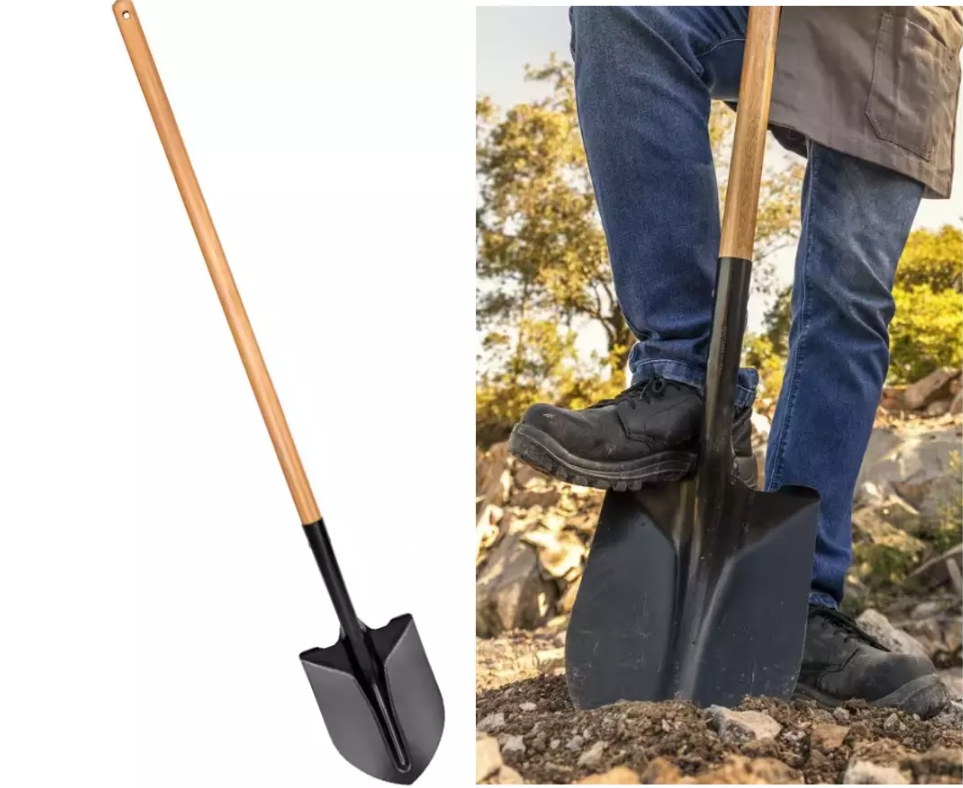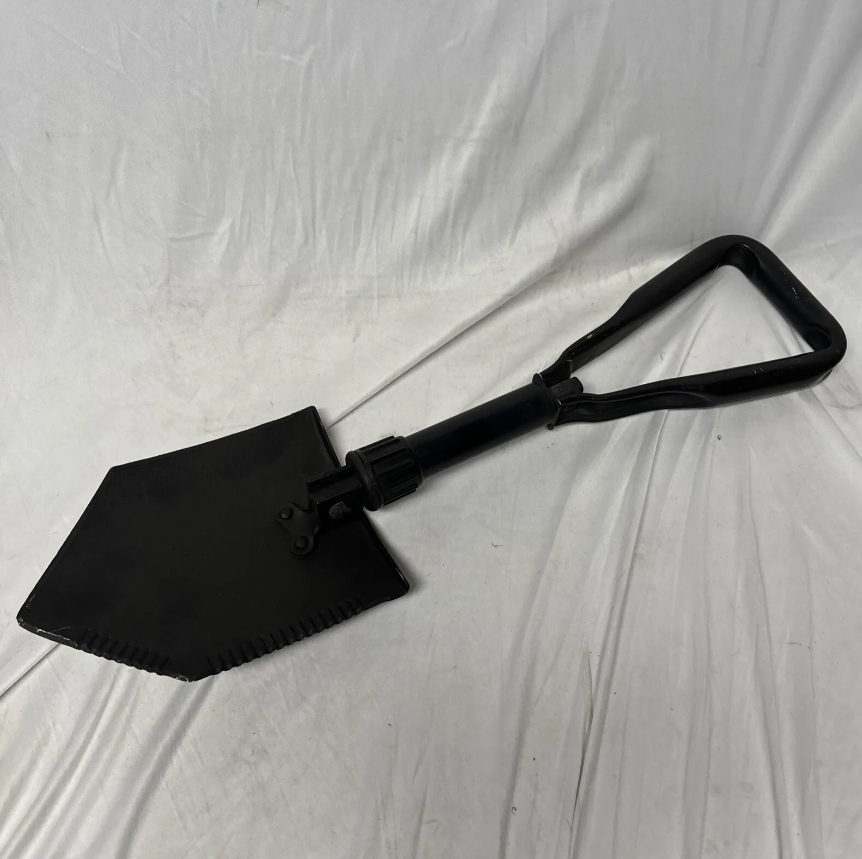The shovel, this simple tool, carries countless work and changes. Its shape is usually composed of a long handle and a flat shovel head, and the design seems ordinary, but it has shown great practicality and diversity over the long history.
The earliest shovel can be traced back to the ancient farming society, as a traditional labor tool, it helped people to carry out land reclamation and crop cultivation. With the development of agriculture, the shape and material of shovels evolved. From the original wooden or stone shovels, to the later iron and steel, the improvement of materials has greatly improved the durability and efficiency of shovels.
The use of shovels is not limited to agriculture. In architecture, gardening and other fields, the shovel is also indispensable. On construction sites, shovels are used to transport sand and other building materials, while in gardening, shovels are an important tool for soil tilling and planting. Its flexibility and adaptability allow it to function well in different environments.
Although the structure of the shovel is simple, there are profound cultural connotations behind it. Each shovel design reflects the needs and wisdom of the user. For example, shovels used in some areas may be wider to accommodate heavier soil, while in some areas shovels may be lighter for easier handling. This design difference not only reflects the different natural environment, but also carries the lifestyle and traditions of the people in different places.
In modern society, despite the rapid development of science and technology, a variety of mechanized equipment emerge in an endless stream, but the shovel still maintains an irreplaceable position in many fields. Its simple and effective design makes it easy for even the most basic workers to master. Whether it is a gardening enthusiast or a professional farmer, the shovel is a partner in their hands, helping them to do all kinds of heavy work.




